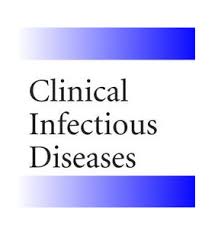New study shows how frequently COVID-19 spreads through households, impact on communities of color
Editor's Note
This study by researchers at the University of North Carolina School of Medicine, Chapel Hill, finds that household crowding amplifies the spread of COVID-19, potentially contributing to the disproportionate impact on communities of color.
Researchers followed 100 COVID-19-positive patients and 208 additional household members from April to October, 2020. A total of 44% identified as Hispanic or non-white.
The secondary attack rate among household contacts was 32%, and the majority of cases occurred by day 7.
Infected persons in the same household had similar nasopharyngeal viral loads. Households with secondary transmission had index cases with a median viral load that was 1.4 log10 higher than households without transmission and a higher living density (more than 3 persons living in less than 6 rooms).
Minority households were more likely to have a higher living density and risk of infection than white households (51% vs 19%).
The researchers concluded that COVID-19 transmits early and often among household members. Though masking, physical distancing, and quarantining a household may reduce or prevent transmission beyond the household, these strategies are less effective within a household, especially in a setting of high viral load infections and crowded living conditions, the researchers note.
Read More >>

 Free Daily News
Free Daily News